Hydrangeas do best in partial shade and may burn if receiving high heat or light intensity, so you were right to move it. There are, however, many more adjustments you’ll have to make to keep your hydrangea healthy.
Here are some general Hydrangea plant care suggestions:
1) Your Hydrangea plant needs a bigger container. This is probably not the source of your problem, but if you want the plant to live more than on year it will need a larger container with a greater soil volume. I grow hydrangeas for clients in containers as large as 24″ x 24″. Your plant doesn’t need that yet, but it will need a bigger container next year.
2) Hydrangeas need consistent soil moisture but their roots don’t want to be always wet. You used the word topsoil. If your plant is really planted in topsoil, this is a problem. Professionals don’t generally use topsoil in containers. it stays too wet too long and can lead to root rot. Promix is a lighter weight potting medium that may contain a little soil but is primarily composed of perlite, vermiculite, sphagnum moss, and humus. If your plant is truly planted in topsoil (not promix) you should re-pot it before winter.
3) How much water are you giving it each time you water? To encourage healthy root growth throughout the pot you need to water thoroughly each time. That means water until water runs out the bottom of your pot. You will want to water when the top half inch of potting mix is dry. Depending on the temperature and rainfall this might be every day, every other day, or twice a week. There is no set schedule…you need to feel it.
4) If you don’t already know, you should try to find out what kind of hydrangea you have. We can’t tell you this from the photo, but it looks like you may have the kind of hydrangea that is sold as a short-term gift plant around mother’s day. The original seller may not know the species or variety but it’s worth asking. If this is what we call a florist’s hydrangea it may not be winter hardy in this area and won’t come back next year.
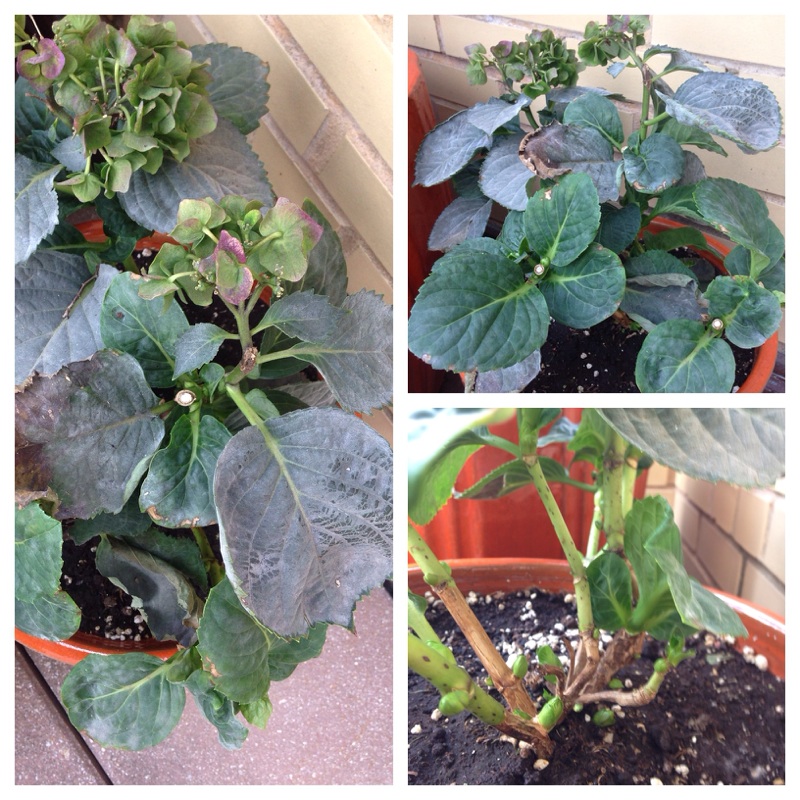
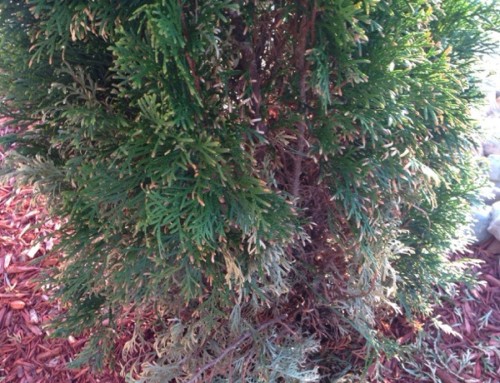
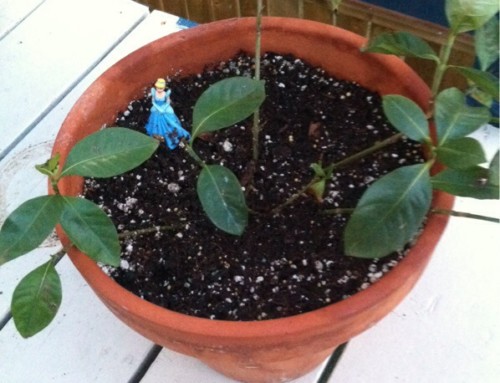
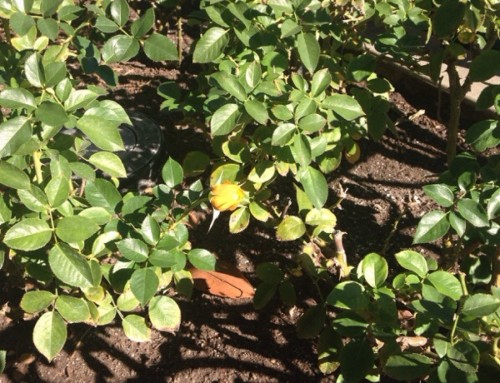
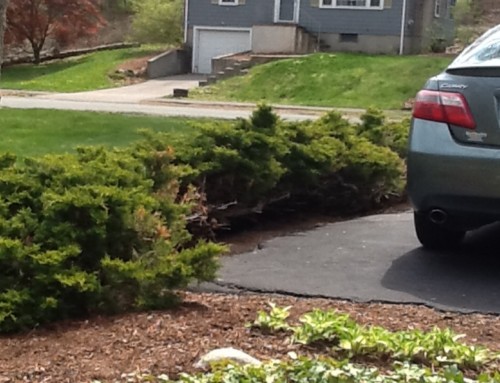
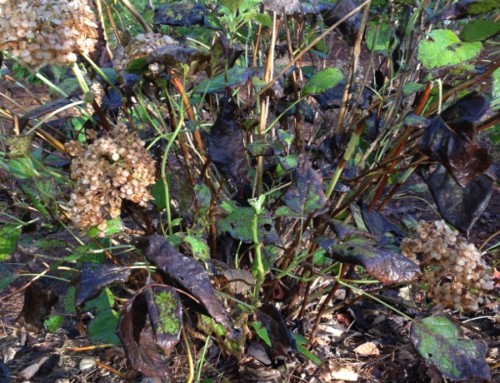
Leave A Comment